Understanding Open Licensing[1]
What is copyright?
Copyright protects the original expression of an idea or fact fixed in a tangible medium (physical or digital). It exists automatically at the time of fixation and gives its holder economic rights (e.g. right of publication and reproduction) and moral rights (e.g. right of attribution). These rights usually belong to the author but the economic rights can be transferred, which is often the case during the publication process.
An educational resource can therefore be protected by copyright, regardless of whether it is free or accessible for a fee.
What is a license?
A license is essentially a permission. It does not replace copyright but complements it to clarify how a resource can be used without having to seek permission from the copyright holder. It is not a transfer of copyright, but rather an authorization from the copyright holder that “allows someone else to use a work for certain purposes and under certain conditions.”
What is an open license?
An open license is an alternative to the restrictive nature of copyright and offer students a more economical solution for accessing educational materials.
Open licensing, sometimes called “copyleft” as opposed to “copyright”, allows creators to decide to what extent they want to authorize others to use their creations, be it text, images, songs or any other kind of works. They are found in open access publications, open data, open-source codes and open educational resources.
In this module, we focus on Creative Commons and Ontario Commons licenses. We will see how they allow the reuse and remix of OER that can replace commercial educational resources in courses.
The Four CC Icons
A CC license is used when an author wants to give other people the right to share, use, and build upon a work that the author has created.
Licensees may copy, distribute, display and perform the work and make derivative works based on it only if they give the author or licensor the credits in the manner specified by these.
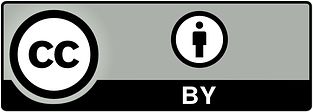
Licensees may distribute derivative works only under a license identical to the license that governs the original work. (See also copyleft.)
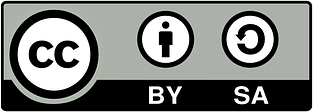
Licensees may copy, distribute, display, and perform the work and make derivative works based on it only for non-commercial purposes.
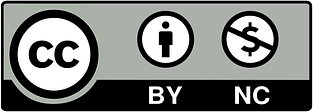
Licensees may copy, distribute, display and perform only verbatim copies of the work, not derivative works based on it.
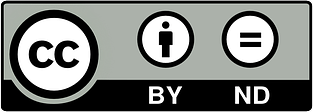
Open Spectrum
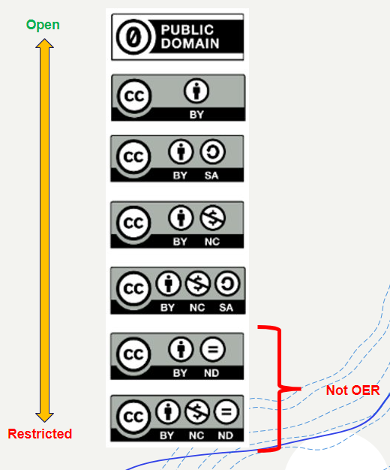
For more information about CC licenses, visit Creative Commons.
Test your knowledge: Match the Creative Commons Licenses Licence Matching Activity (algonquincollege.com)
References
- Mastering Open Ed: Licensing, Accessibility, Creation, and Publishing OER. (2023). eCampusOntario. OER – The What and Why – Mastering Open Ed: Licensing, Accessibility, Creation, and Publishing OER (pressbooks.pub)
